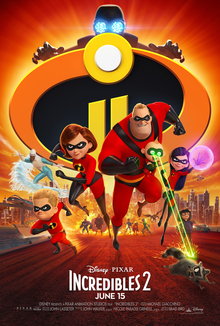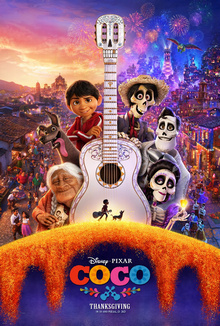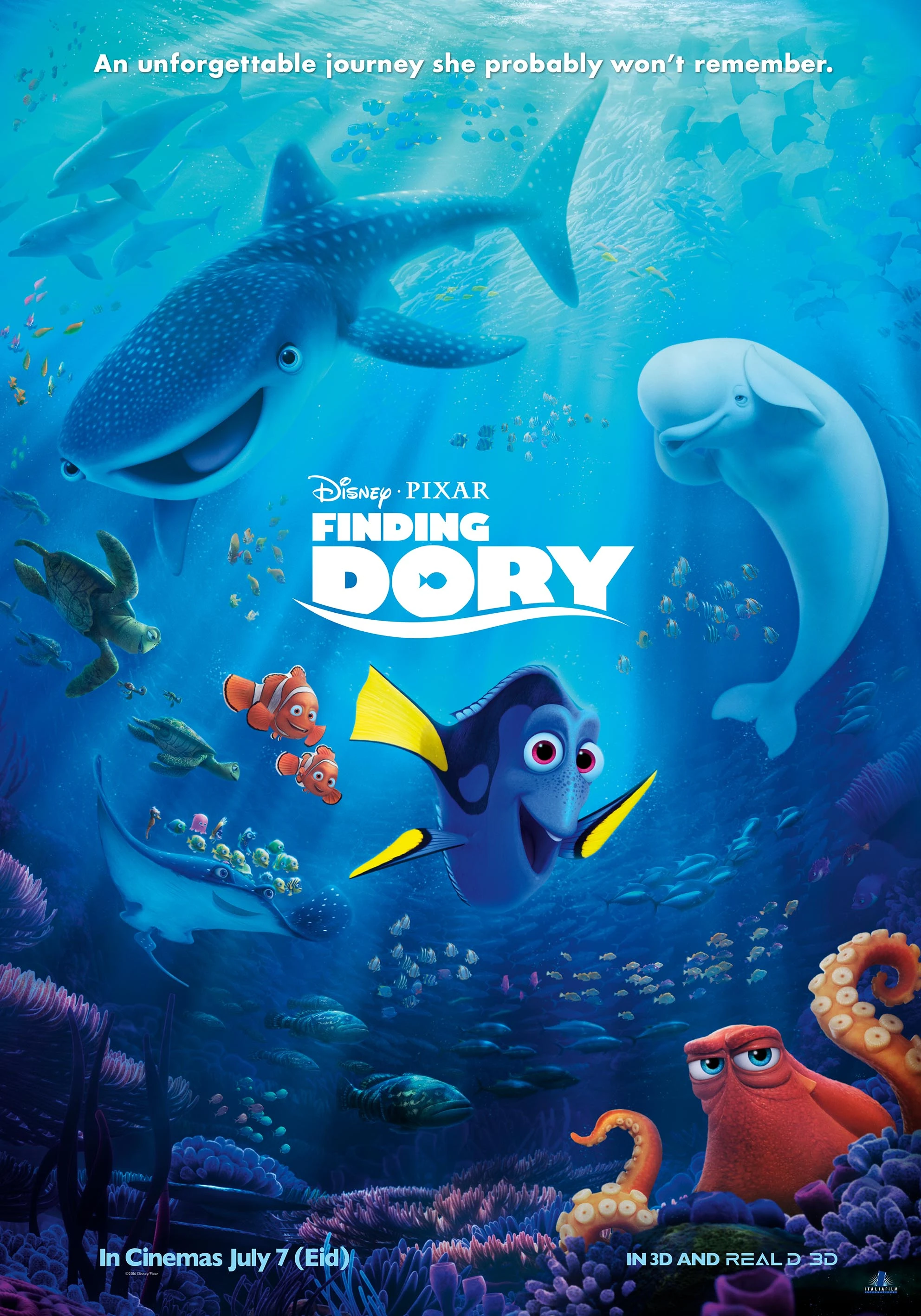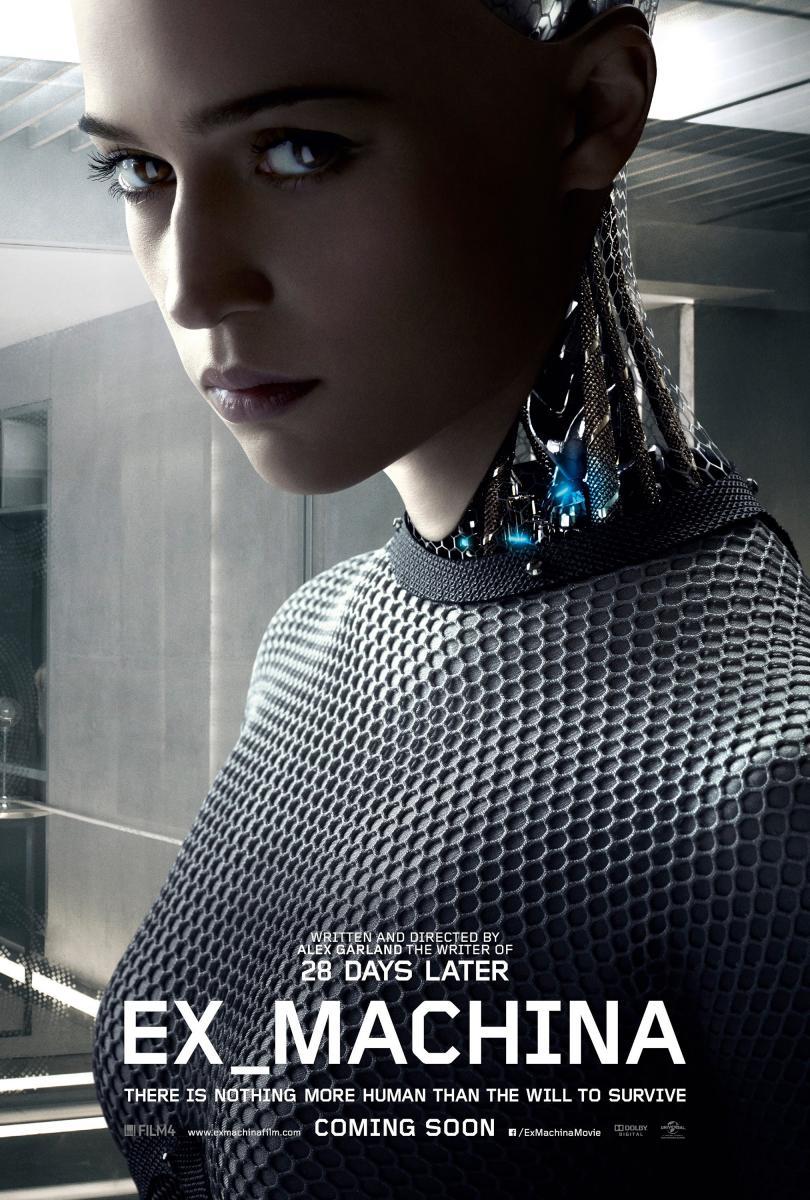written by David Steffen
Elemental is a CG animated film published in general release in June 2023 by Pixar. It takes place in Element City, which is populated entirely by people who each are elementals: creatures of the four classical elements of air, earth, water, and fire. It is, broadly speaking, a star-crossed romance story of two people from apparently incompatible cultures falling in love against the odds.
Note that this review contains spoilers, so if you don’t want to know major plot events, stop reading now.
The reason I feel compelled to write up a review for this movie is because, although I generally enjoyed the movie, it didn’t feel to me like the movie was really about what the movie and the marketing for the movie seemed to think that it was about and I wanted to post my opinions on the matter.
Bernie and Cinder Lumen, fire elements, move to Element City where they face distrust and xenophobia from the other elements who consider fire elementals dangerous. They settle in and make a life for themselves despite constant microaggressions from the other elementals as well as the challenges of living in a city that was clearly not designed with fire elementals in mind.
Bernie (Ronnie Del Carmen) and Cinder (Shila Ommi) start a store (the Fireplace) and they have a baby, Ember (Leah Lewis), who grows up to be a hot-tempered woman. Bernie dreams of passing the store on to her but has put it off for years because her temper gets in the way. She tends to lose her patience when staffing the store and when her temper gets out of control her temper literally stokes her flames and she starts things around her on fire.
One day, Bernie decides to leave Ember in charge of the store. She becomes overwhelmed with frustration and rushes to the basement so she doesn’t explode in front of the customers. Pipes start bursting and flooding the basement with water and though Ember tries to fix it by fusing the pipes with her fire, it’s not enough a water elemental named Wade (Mamoudou Athie) gets flushed into the basement with the water.
Wade is a city inspector and he immediately starts writing down code violations in the pipes. Ember tries to reason with him but although he seems to feel very conflicted judging by his constant flood of tears, but despite this he apparently feels compelled to submit the reports anyway, which will likely result in the city forcing the Fireplace to shut down.
This is supposed to be the meetcute, I guess, but it’s also where the narrative they seemed to be trying to convey and the narrative that I took from the story sharply diverged. We learn that Wade was on assignment from the city to investigate a leak in the city’s canals when he got sucked into the city plumbing. He was literally trapped in the pipes until a bit of jostling from Ember letting her temper loose in the basement which released him and he burst through the pipes.
So, even from this initial scene:
1. The city has sent a lone employee to investigate a major water leak that relates to a district of fire elementals for which water leaks can literally be lethal.
2. The city apparently has no way to monitor their own waterways. Waterways that could trap water elementals, or extinguish fire elementals.
3. The city has not apparently even considered the safety of their own employee, who can get sucked into and trapped in pipes. Why not send an earth elemental? Or at least send a pair of employees so that a second employee could call for help.
4. The fire district doesn’t need water. No one in the fire district pays for water. Why would they pay for what they have no use for and which could kill them or their neighbors. It was the city’s failure that there was any water in the pipes to leak in the first place.
5. Why does the fire district need to have their pipes up to code, for the water that isn’t supposed to be in their pipes in the first place? City bureaucracy can be an important force for good when it saves people from living in dangerous homes, reduces fire danger, or that kind of thing. But enforcing plumbing codes on a district where water in the plumbing already means that the city has failed in a major way that disregards the safety of its citizens is not a force for good. That’s government bloat for no good reason.
6. The movie doesn’t explicitly say this, but from the way that the events unfold, my interpretation is that the amount of water coming through the pipes was not what caused the catastrophic problem–it was Wade getting washed down the pipes by the water. The water that was a manifestation of the city’s failure to keep the pipes dry, washing their inspector who should never have been in the pipes, only through a combination of his own incompetence combined with the city’s lack of safety measures. Wade writing up citations for plumbing faults after his ass busted through the pipes is like the Kool-Aid Man writing citations for structural damage after he busts through a wall to spread the good word of sugary drinks. The city has caused this problem multiple times over.
7. The movie tries to convey that this is Ember’s fault, and that’ s the interpretation that is stuck to for most of the movie, but there is no reasonable justification for this interpretation. By losing her temper, she exposed the city’s incompetence and saved Wade’s life from starving to death in a city plumbing accident. The movie never admits Wade’s fault in the accident, and doesn’t seem to acknowledge that she saved his life. The only thing that is the Lumen family’s fault at all is not following city building codes that represent senseless government bloat.
8. Does Wade even have the authority to perform an inspection when he was only in the business in the first place because of his own incompetence causing an accident? Is this like police kicking a door down and saying they found the door open to enter without a warrant?
9. If plumbing inspections are required… how have they never happened before on this premises? Is the city supposed to be performing periodic inspections? Is there any attempt to educate residents of the fire district of the requirement for plumbing inspections and what those requirements are? The city has abdicated all responsibility, apparently.
I don’t know about anyone else but I did not find any of this endearing.
After all of this happens, Wade actually starts to listen to Ember and seems surprised that she has extenuating circumstances despite her clearly trying to explain those circumstances to him before he submitted his citiations. Wade was too busy being feeling sorry for himself to listen to the needs of the person whose life he was contributing to ruining.
So at this point Wade decides to bring Ember to his boss, Gale (Wendi McLendon-Covey), to plead a case for leniency to save the Fireplace from closure. They discuss how Wade had been sent to look for the leak in the canals and that’s why he was where he was, and they arrive at an arrangement where if Wade and Ember are able to find the source of the leak then the code violations will be forgiven.
Sigh. Okay, this has gotten even worse.
10. Although the representative of the city inspections has admitted that they have a problem that they haven’t been able to figure out how to solve, and that their inspector’s incompetence contributed to the incident, and that there shouldn’t have been water in those pipes in the first place, they continue to blame Ember.
11. They offer a “deal” for Ember to work uncompensated for the city, bypassing any semblance of a proper hiring process even for a freelancer, under threat of closing her family’s business if she doesn’t succeed in the task that the city has failed to do itself even though it has put in (admittedly meager) effort in the hands of the (admittedly incompetent) city inspector. That… sounds like extortion.
12. Despite this being supposedly important, the two resources they are sending on the job are Wade: their employee who has proven himself incompetent at performing the exact task he is being sent to perform yet again with no additional resources or training to make him better at the task then he was and who last time might have died in the pipes if not for Ember’s temper flareup, and someone who has no employment relationship with them and is certainly not covered by their insurance and WILL BE VERY LIKELY BE KILLED BY WATER WHILE THEY INVESTIGATE A WATER LEAK.
OK. So they go and find the leak, in surprisingly short time for something the city claims to have been looking into for a while. It is a crack in one of the supporting walls for the city canals which constantly have wake overflow from big boats passing through them.
They make an interim fix for the issue by plugging the gap with sandbags. They spend some time together enjoying each other’s company. But: Surprise surprise, the sandbags are not a sufficient fix for the wall and they soon give out as well. Ember uses her fire power to make a sturdier fix by transforming the sand in the sandbags into a structure of tempered glass to plug the game. Once again, Ember saves the city’s ass by fixing what they don’t seem inclined or capable of fixing.
Ember ends up breaking up with Wade after deciding that her family will never accept him. During a party where Bernie will retire and hand over the Fireplace to Ember, Wade arrives and declares his love for her and also incidentally mentions that Ember was to blame for the leak in the basement.
The city then comes and (surprisingly) performs its civic duty and inspects the tempered glass fix and deems it safe. But within about a day the tempered glass breaks. This causes the final major action of the movie as our heroes rush to save the fire district from the flood.
13. Seeing the canals as they investigate everything underlines a significant source of the problems: the city is designed to favor water people in every way. The canals are a terrible civic design with their uncontrolled wake splashover. In our own world, there are no-wake rules in many boat areas to prevent destruction of structures. Why aren’t the walls higher? Why aren’t there no-wake rules?
14. Wade, a specialist in city water inspections should have realized that the sandbags were only a temporary measure against the leak and instead of spending that time socializing he should have spent that time getting on the horn trying to get a proper fix in place to prevent major accident when the sandbags inevitably gave out.
15. The city almost showed a glimmer of competence when they actually inspected the tempered glass wall patch within a very short period of time of it being enacted. Which might have been a redeeming moment for them, if it hadn’t then failed within about a day of the inspection. What exactly are they inspecting for? Most inspections would require building materials to come from a specific approved list, and I gather that the tempered glass concept was novel enough that it wouldn’t have been on an approved list–and for good reason because they clearly had no concept of the long-term permanence of such a structure.
16. Wade “accidentally” revealing that Ember was the one who caused the leak in the basement during Bernie’s retirement party would have been a shitty thing to do, even if it were true. Which it wasn’t.
Up until his “accidental” revealing, I had thought Wade might be redeemable if he ever owned up to his own responsibility, accepted fault for the things that are his fault instead of hiding behind his tears and laying all the blame on those who don’t deserve it. But he never at any point in the narrative does any of this. When he revealed the false information that the leak was Ember’s fault in front of her family despite the fact that the leak was really the city’s fault (and their continued danger continues to be the city’s fault), and which was certainly more Wade’s fault than Ember’s fault, that he chose this junction to declare this false information is, in my opinion, irredeemable.
The city’s greatest failure in the movie is revealed when the patch in the wall breaks and they all have to fight to keep everyone in the fire district from being killed by the flood and Wade does a big heroic thing to help their family. For which I agree they should be grateful, but I wish they had not ended up together, or at least that Wade would have at the very least taken some basic responsibility instead of throwing Ember under the bus at the worst possible moment.
Of course, Ember and Wade ending up in a romantic relationship at the end of the movie is probably reasonably assumed to be a foregone conclusion because the movie is marketed and presented as a romance instead of (IMO) what it really is: a drama about the importance of the role of city government to keep its people safe, and the lives in peril that can be caused by that city government’s incompetence.


 Coco is the newest adventure/comedy animated film from the ever-popular moviemakers Disney/Pixar, released in November 2017. The movie tells the story of Miguel, a young Mexican boy who is an aspiring musician in a family where music has been forbidden since Miguel’s great-great-grandfather abandoned his family to pursue his music career. Miguel idolizes the legendary musician Ernesto de la Cruz.
Coco is the newest adventure/comedy animated film from the ever-popular moviemakers Disney/Pixar, released in November 2017. The movie tells the story of Miguel, a young Mexican boy who is an aspiring musician in a family where music has been forbidden since Miguel’s great-great-grandfather abandoned his family to pursue his music career. Miguel idolizes the legendary musician Ernesto de la Cruz. Finding Dory is a 2016 Pixel animated children’s adventure film sequel to the popular 2003 film Finding Nemo. I don’t think that you necessarily need to have seen the original film to be able to watch this one and understand it, though some tie-in scenes between the two as well as established character relationships may make more sense if you are familiar with the previous one.
Finding Dory is a 2016 Pixel animated children’s adventure film sequel to the popular 2003 film Finding Nemo. I don’t think that you necessarily need to have seen the original film to be able to watch this one and understand it, though some tie-in scenes between the two as well as established character relationships may make more sense if you are familiar with the previous one. 1. Max Max: Fury Road
1. Max Max: Fury Road 2. Star Wars: The Force Awakens
2. Star Wars: The Force Awakens_poster.jpg) 3. Inside Out
3. Inside Out 4. The Martian
4. The Martian 5. Ex Machina
5. Ex Machina